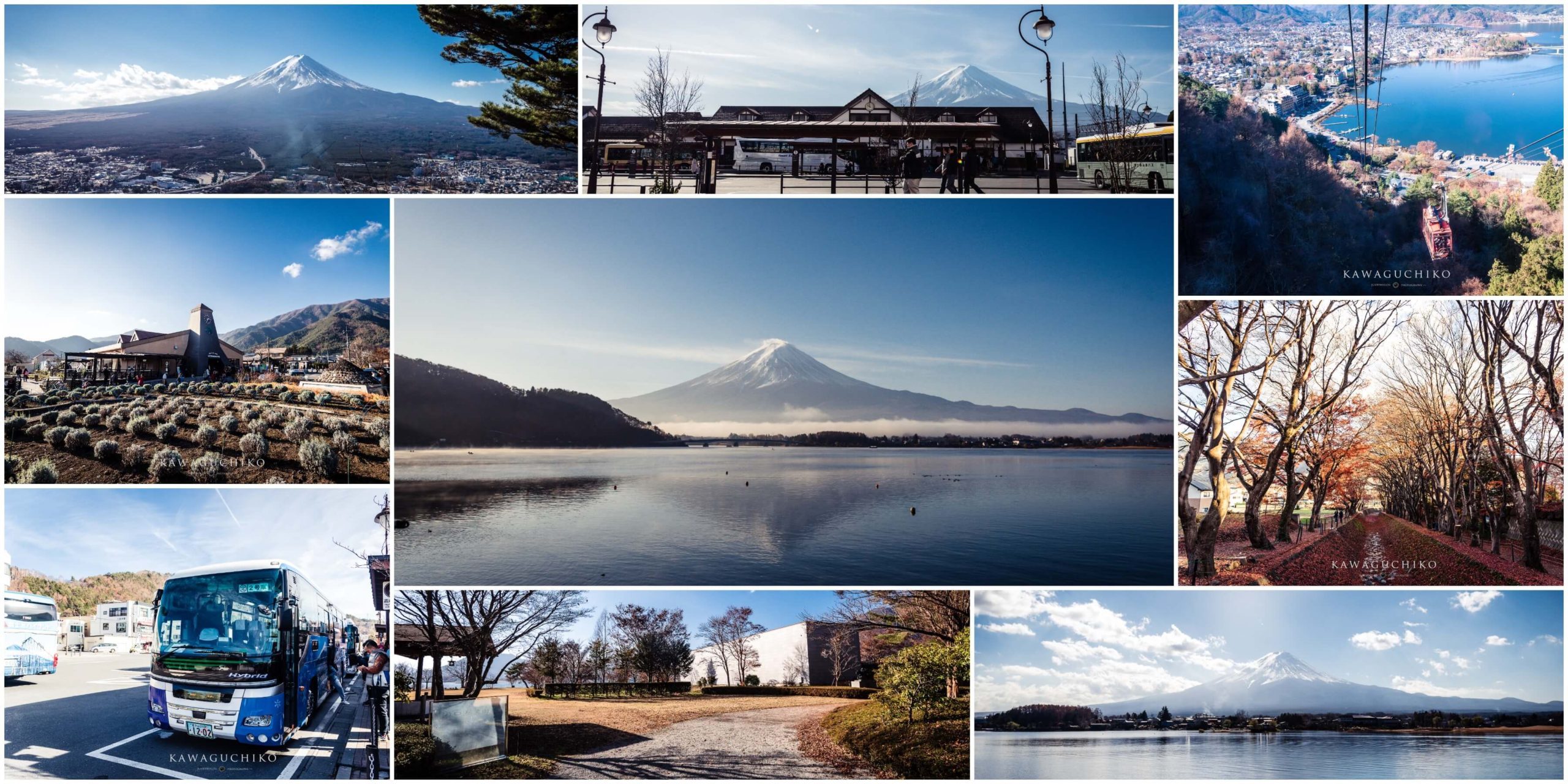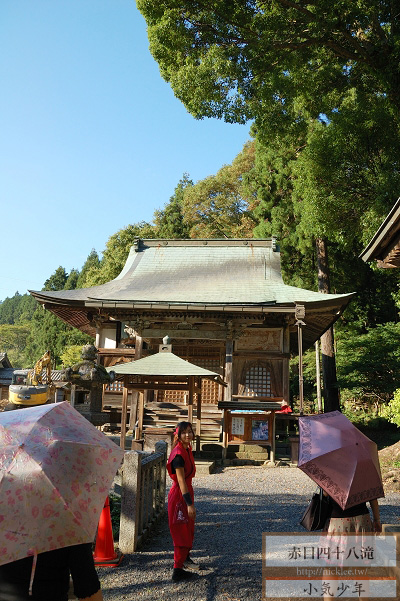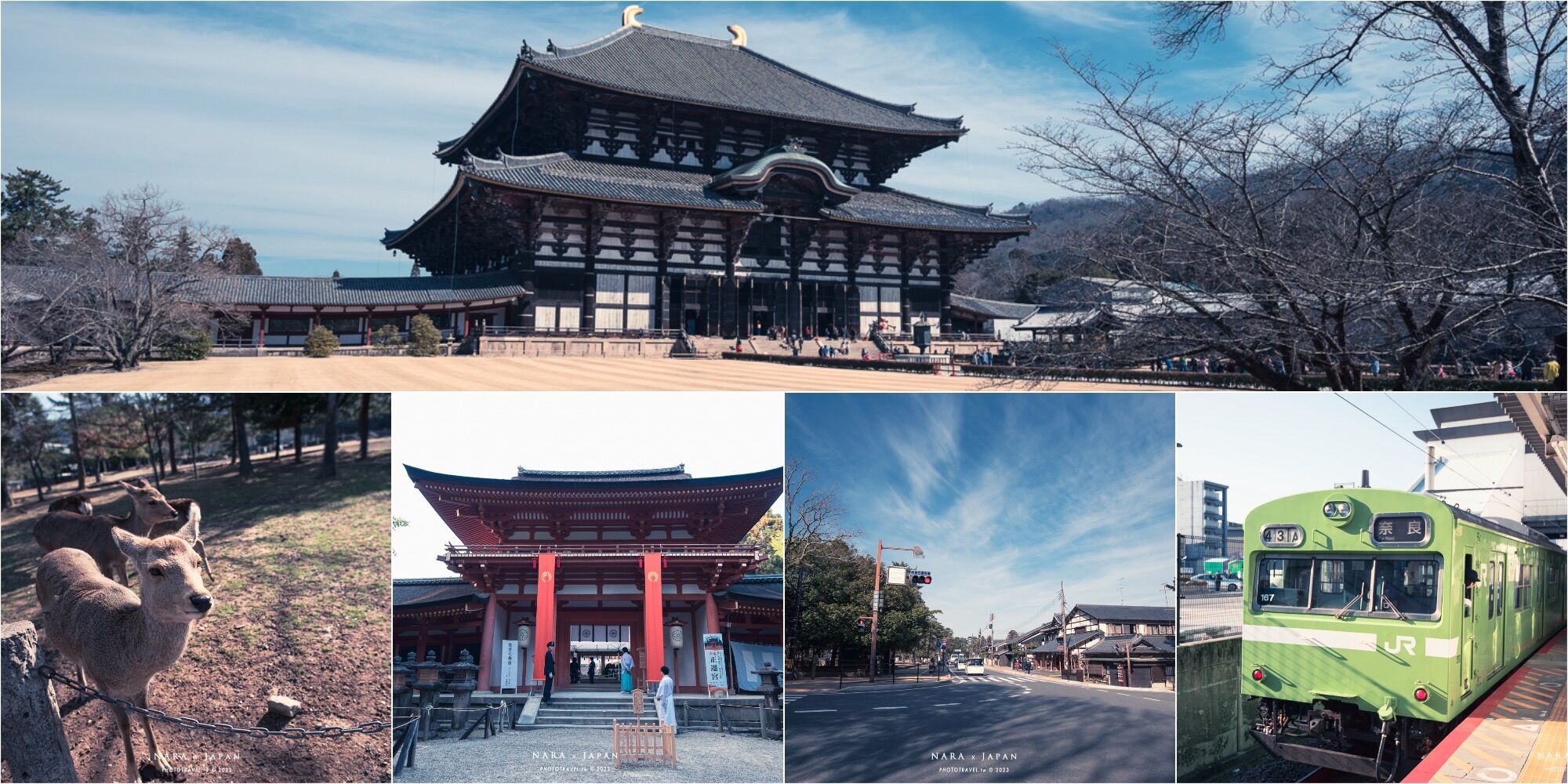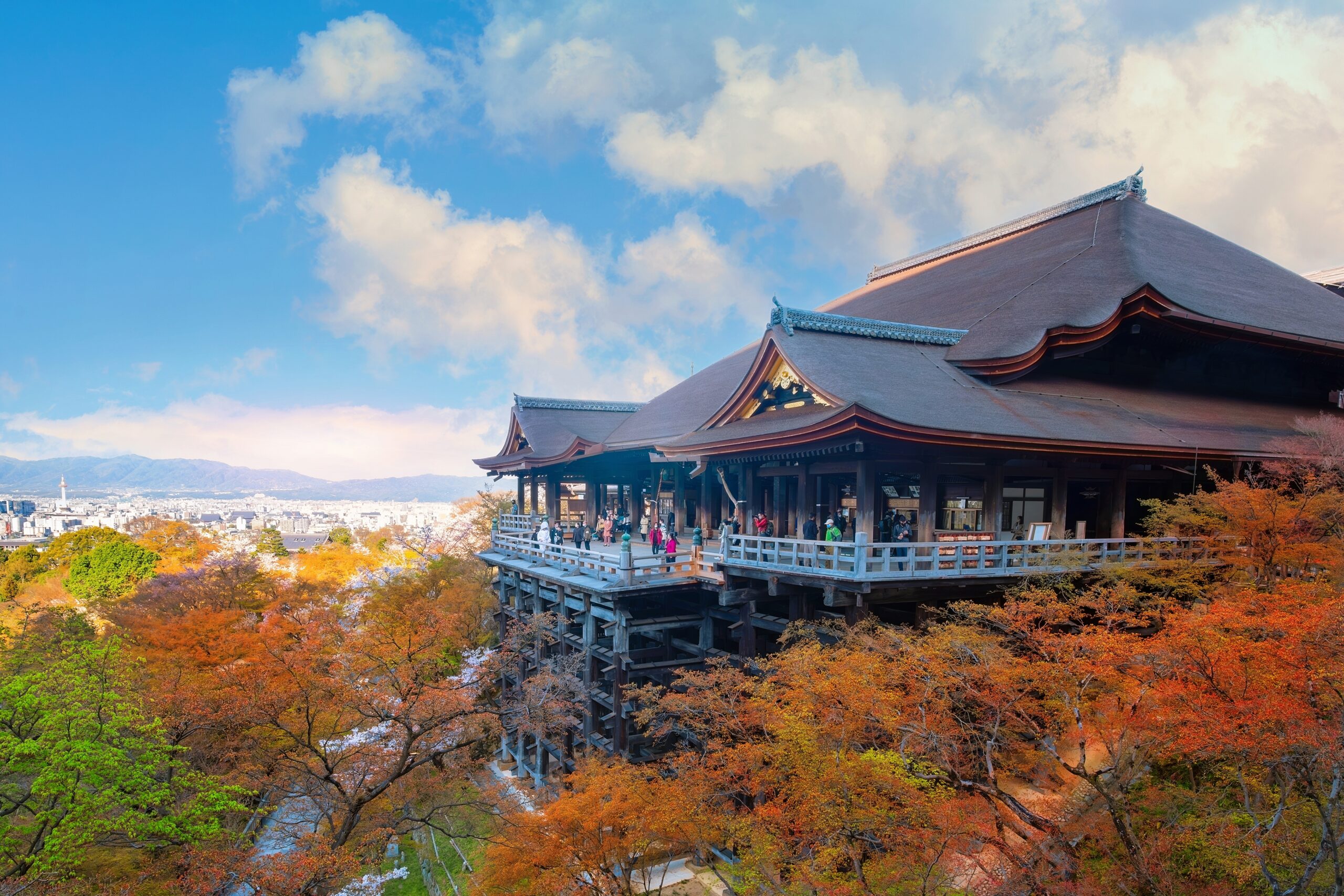Summary
Arrange a one-day trip to Lake Kawaguchi and enjoy the beauty of Mount Fuji from 8 different perspectives! If you’re planning a trip to Tokyo, Japan and want to get up close and personal with Mount Fuji, I highly recommend visiting Lake Kawaguchi, located near Tokyo. Lake Kawaguchi, along with Lake Yamanaka, Lake Saiko, Lake Motosu, and Lake Shoji, is one of the five lakes that surround Mount Fuji. Both Lake Kawaguchi and Lake Saiko are popular spots for getting a close-up view and taking photos of Mount Fuji.
Lake Kawaguchi is about a 2-hour drive from downtown Tokyo, making it perfect for a one-day trip or a two-day, one-night stay. This article will focus on planning a free and easy trip to Lake Kawaguchi, including transportation options from downtown Tokyo, how to use the Lake Kawaguchi pass, and the attractions around Lake Kawaguchi. I will also introduce the nearby areas of Fujiyoshida and Arakurayama Sengen Park for those who are interested in visiting Lake Kawaguchi.
How long to spend at Lake Kawaguchi
There are many attractions around Lake Kawaguchi, so I recommend allocating at least a full day for your visit. If you also plan to visit nearby Fujiyoshida or Oshino Hakkai, I would suggest staying for two days and one night.
Transportation to Lake Kawaguchi
I recommend traveling from downtown Tokyo to Lake Kawaguchi, as it is more convenient. You can take a train or bus to get there. Please refer to the following information on transportation to Lake Kawaguchi.
Recommended accommodations at Lake Kawaguchi
If you want to capture the iconic “upside-down” view of Mount Fuji, I highly recommend staying overnight at Lake Kawaguchi! I suggest finding a guesthouse or hotel near the lake (as the temperature is quite low in the early morning, and you’ll need the motivation to wake up early), which will make it more convenient to reach the photography spots.
Transportation for a free and easy trip around Lake Kawaguchi
If you’re planning a free and easy trip to Lake Kawaguchi, I recommend taking the Lake Kawaguchi Loop Bus. With the Lake Kawaguchi Loop Bus Two-Day Pass, you can enjoy unlimited rides within two days, making it the most convenient transportation option for getting around the attractions around Lake Kawaguchi.
Philos’ Travel Notes
Lake Kawaguchi is about a 2-hour drive from downtown Tokyo. Since Lake Kawaguchi is quite large, I strongly recommend allocating at least two days and one night for your trip in order to fully enjoy the beauty of Lake Kawaguchi. Additionally, as Lake Kawaguchi is surrounded by the scenic beauty of Mount Fuji and the lake, I recommend bringing an ultra-wide-angle lens to capture the grandeur of Mount Fuji in your photos.
Recommended duration: Two days and one night.
Introduction and Location of Lake Kawaguchi
First, let’s talk about the location of Lake Kawaguchi. Lake Kawaguchi is located in Fujikawaguchiko Town, Yamanashi Prefecture, about a 2-hour drive from downtown Tokyo. In addition to the close-up view of Mount Fuji, Lake Kawaguchi offers attractions such as Tenjosan Park, Kawaguchiko Museum of Art, and Momiji Corridor. Due to these attractions, Lake Kawaguchi has become the top choice for visitors among the five lakes surrounding Mount Fuji.

Map of Lake Kawaguchi Attractions
The attractions around Lake Kawaguchi are mainly located along the lakeside, making it suitable for a one-day or two-day trip. Below is a map of Lake Kawaguchi attractions, along with Fujiyoshida City and Arakurayama Sengen Park, which are located near Lake Kawaguchi. This map will give you an idea of the locations and distances of the attractions, making it easier to plan your itinerary. You can also refer to the following 8 recommended attractions around Lake Kawaguchi.

Transportation from Downtown Tokyo to Lake Kawaguchi
There are two main transportation options for getting from downtown Tokyo to Lake Kawaguchi: taking a “highway bus” or a train. Let’s start with the train option. The “Fuji Kyuko Line” is the only railway line that connects Lake Kawaguchi to other areas. From downtown Tokyo, you can take the JR Line to “Otsuki” station, and then transfer to the Fuji Kyuko Line to reach “Kawaguchiko” station.
Train transportation to Lake Kawaguchi
The main railway line connecting Lake Kawaguchi is the “Fuji Kyuko Line.” From downtown Tokyo, you can take the JR Line to “Otsuki” station, and then transfer to the Fuji Kyuko Line to reach Lake Kawaguchi. Although there are direct JR trains from Narita Airport, Haneda Airport, and Tokyo Station to Lake Kawaguchi, they only operate on Fridays, weekends, and specific holidays. As shown in the map above, if you choose to stay in downtown Tokyo, you can take the Yamanote Line to Shinjuku or other stations with JR connections to easily transfer to a JR train to Lake Kawaguchi. Currently, the fastest way to reach Lake Kawaguchi by train is to take the “Fuji Excursion” train, which operates only three times a day and takes less than two hours to travel from Shinjuku to Lake Kawaguchi. For more information and schedules, please refer to the JR official website for the Fuji Excursion train.

Bus transportation to Lake Kawaguchi
If you want to go directly to Lake Kawaguchi, the most convenient and straightforward option is to take a highway bus from downtown Tokyo. There are daily buses from Shinjuku, Ikebukuro, Tokyo Station, and other areas to Lake Kawaguchi. You can refer to the Fuji Kyuko Bus website for detailed routes. Highway buses require advance reservations, so if you plan to visit Lake Kawaguchi on weekends or holidays, I recommend booking your round-trip bus tickets in advance online to avoid the possibility of not being able to board due to full capacity. To reserve a highway bus to Lake Kawaguchi, you can visit the highway bus website (which has a Chinese version) and follow the process to make your reservation.

For my trip to Lake Kawaguchi, I chose to take a highway bus from Shinjuku. From JR Shinjuku Station, you can easily reach the Shinjuku Highway Bus Terminal by crossing the street from the South Exit. The bus boarding area is located on the third floor of the Shinjuku Highway Bus Terminal, and you just need to show your reserved paper or electronic ticket to the staff before boarding. However, please note that JR trains occasionally experience delays during peak hours, so I recommend allowing enough time to avoid missing the bus.
Lake Kawaguchi Discount Pass – Lake Kawaguchi Loop Bus Two-Day Pass
If you choose to explore Lake Kawaguchi by public transportation and not by car, the most popular choice for most visitors is to take the Lake Kawaguchi Loop Bus. The Lake Kawaguchi Loop Bus (Red Line) departs from Kawaguchiko Station and its final stop is the Kawaguchiko Natural Living Center. The buses run approximately every 15-20 minutes, but during holidays, it is still possible to encounter situations where you cannot board due to full capacity. Therefore, I recommend allowing some flexibility in your itinerary or minimizing waiting time by consolidating your visits to attractions.

The fare for each ride on the Lake Kawaguchi Loop Bus ranges from 150 to 480 yen (depending on the distance traveled). However, if you purchase the Lake Kawaguchi Loop Bus Two-Day Pass, you can enjoy unlimited rides on all routes (including the Red, Green, and Blue Lines) for 1,500 yen. Therefore, if you plan to take the Loop Bus, be sure to purchase the Two-Day Pass. To purchase the pass, you can buy it outside Kawaguchiko Station (only open before noon) or at the “Tourist Bus Ticket Counter” inside the station. For more information, you can check the Lake Kawaguchi Loop Bus schedule.
| Ticket Type | Coverage | Price | Remarks |
|---|---|---|---|
| Loop Bus Ticket | Covers all routes of the Red, Green, and Blue Lines of the Loop Bus. | Adult: 1,500 yen Child: 750 yen |
Valid for 2 days |
| R Coupon | Cable car (round trip) + pleasure boat (one-way) + all routes of the Loop Bus. | Adult: 2,600 yen Child: 1,300 yen |
Valid for 2 days |
| V Coupon | Cable car (round trip) + pleasure boat (one-way). | Adult: 1,400 yen Child: 700 yen |
As for which ticket type to choose, it depends on your itinerary. If you plan to stay at Lake Kawaguchi for two days, the R Coupon, which includes the Loop Bus, cable car, and pleasure boat, would be a suitable choice. (Although I only planned for a one-day trip this time, I still chose the R Coupon to experience different views of Lake Kawaguchi).
If you prefer not to plan your own itinerary, you can also join a package tour offered by travel agencies. The itineraries provided by travel agencies are well-designed, and you don’t have to worry about local transportation.
Recommended Itinerary for 8 Attractions around Lake Kawaguchi
The Lake Kawaguchi Loop Bus (Red Line) mainly runs along the eastern and northern shores of Lake Kawaguchi, covering the main tourist route around Lake Kawaguchi. By taking the Loop Bus, you can easily enjoy a one-day trip to Lake Kawaguchi. You can refer to the Lake Kawaguchi one-day trip map above to plan and arrange your itinerary.
Kawaguchiko Station
Kawaguchiko Station is the first gateway for visitors to Lake Kawaguchi. Whether you take a bus or train to Lake Kawaguchi or transfer to the Loop Bus from here, it is the starting point for your Lake Kawaguchi journey. The appearance of Kawaguchiko Station features simple Japanese architecture, and on clear days, you can see Mount Fuji, making it one of the recommended spots for admiring the beauty of Mount Fuji.

Tenjosan Park
Tenjosan Park is another must-visit attraction when you come to Lake Kawaguchi. In addition to taking the Tenjosan Park Ropeway (Kawaguchiko – Mount Fuji Panoramic Ropeway) to enjoy the view of Lake Kawaguchi from high above, you can also enjoy the magnificent view of Mount Fuji from a higher vantage point. Other attractions in Tenjosan Park include the Bell of Heaven, Usagi Shrine, and the legend of Kachikachi Mountain. To take the Tenjosan Park Ropeway, you can take the Loop Bus to the “Pleasure Boat / Ropeway Entrance” stop and then walk to the ropeway station.



Kawaguchiko Pleasure Boat
Taking a pleasure boat ride on Lake Kawaguchi is another way to get a close-up view of Mount Fuji. Initially, I was hesitant about taking a pleasure boat ride due to time constraints, but my parents convinced me to go, and I’m glad I didn’t miss this experience. The boat route offers different angles to admire the beauty of Mount Fuji and Lake Kawaguchi. To take the Kawaguchiko Pleasure Boat, you can take the Loop Bus to the “Pleasure Boat / Ropeway Entrance” stop and then walk to the boat boarding area.




Kawaguchiko Museum of Art
The Kawaguchiko Museum of Art is another attraction around Lake Kawaguchi. On a clear day, you can enjoy the beautiful scenery of Lake Kawaguchi from the museum itself or the lakeside area. If time allows, I recommend including a visit to the museum. To reach the Kawaguchiko Museum of Art, you can take the Loop Bus to the “Kawaguchiko Museum of Art” stop.


Momiji Corridor
The Momiji Corridor is a popular spot for autumn foliage around Lake Kawaguchi, with the best viewing period being from mid-November to late November. Although I visited Lake Kawaguchi in early December, there were still some beautiful red leaves remaining in the Momiji Corridor. The sight of the red leaves scattered on the ground was still quite spectacular and beautiful. I highly recommend not missing this attraction if you plan to visit Lake Kawaguchi in mid-November. To reach the Momiji Corridor, you can take the Loop Bus to the “Kubota Itchiku Art Museum” stop and then follow the signs to the corridor.


Kawaguchiko Natural Living Center
The Kawaguchiko Natural Living Center is the final stop of the Lake Kawaguchi Loop Bus. During the blooming season of lavender in June and July, large fields of lavender add vibrant colors to the greenery of Lake Kawaguchi. The Kawaguchiko Natural Living Center also has a large lavender field in front of it. Unfortunately, I visited during a season when the lavender was not in bloom. Although the Kawaguchiko Natural Living Center also offers a view of Mount Fuji in the distance, if you visit in the afternoon, it will be backlit. If you plan to take photos, I recommend visiting in the morning.


North Shore of Lake Kawaguchi
The North Shore of Lake Kawaguchi Trail (approximately between “Kubota Itchiku Art Museum” and “Kawaguchiko Music Forest Museum”) is a great corridor for admiring Mount Fuji. As I stayed at “Komorebi” in the North Shore area, I walked along the North Shore Trail from the Momiji Corridor back to my accommodation. In the evening, you can enjoy the sunset view of Mount Fuji over Lake Kawaguchi on the North Shore Trail, welcoming the arrival of the night at a leisurely pace. However, the temperature changes rapidly after sunset in winter, so be sure to bring enough warm clothing to avoid getting cold.



Reverse View of Mount Fuji at Lake Kawaguchi
Capturing the reverse view of Mount Fuji at Lake Kawaguchi was one of the main highlights of my trip. The “reverse view” refers to the reflection of Mount Fuji on the lake, which can only be seen when the lake is calm. There are several key points to consider when photographing the reverse view of Mount Fuji:
- Choose the northern shore of Lake Kawaguchi, as Mount Fuji is located in the southern direction of the lake.
- Since the reverse view of Mount Fuji relies on the reflection on the lake surface, you must choose a clear day. If it’s raining on the day of your visit, it’s best to give up on capturing the reverse view.
- As the reflection of Mount Fuji requires a calm lake surface, you must choose a time when the lake is calm. Early morning is often a time with less wind, so if you want to capture the reverse view, be sure to wake up early.
- Choose accommodation on the northern shore of Lake Kawaguchi, as you probably don’t want to walk a long distance to the lakeside in the chilly morning.



Even if you have mastered the above factors, the rest may still rely on a bit of luck. On the day I took the photos, because the temperature was low, there was almost morning mist on the lake surface between six and seven in the morning. It wasn’t until around seven-thirty that the mist completely dissipated. At this time, although you can still capture the reverse view of Mount Fuji, there are already some ripples on the lake surface.
Recommended Nearby Attractions in Lake Kawaguchi
In addition to the above itinerary, Lake Kawaguchi also includes attractions such as Oshino Hakkai and Arakurayama Sengen Park, which are popular in the area. If time permits, you can arrange a complete 2-3 day trip to Lake Kawaguchi, which will offer more diverse options in terms of itinerary planning and selection.
Fujiyoshida Honcho Shopping Street
Fujiyoshida Honcho Shopping Street is located at the foot of Mount Fuji, just one bus stop away from Lake Kawaguchi. The altitude is about 1,000 meters, and on clear days, you can see Mount Fuji appearing on the streets of Fujiyoshida Honcho Shopping Street, which is very eye-catching.


Shinkura Asama Shrine
Shinkura Asama Shrine, not far from Fujiyoshida City, is another good place to view Mount Fuji and a popular destination for many people during the cherry blossom season in Tokyo. To see the top of the five-story pagoda and Mount Fuji in the same frame, you need to climb nearly 400 steps. It not only tests your physical strength but also your endurance, but it’s all worth it for the beautiful scenery.







